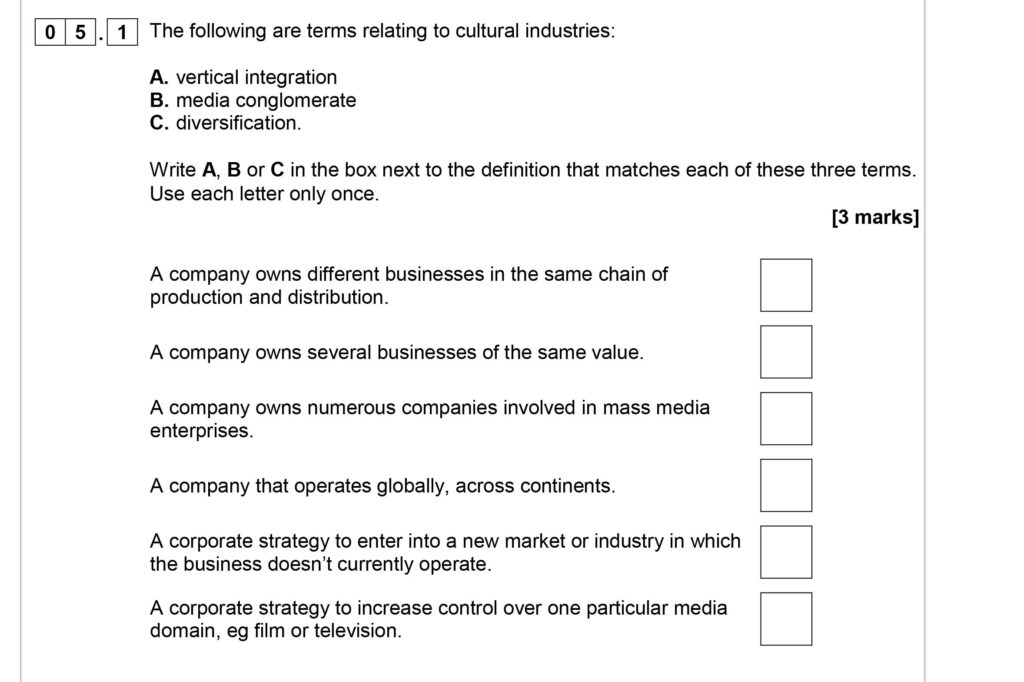his book is called the cultural industries, it is a very set text for undergraduate students, he traces the relationship between media workers and the media industries A critical reflection that highlights the ‘myth-making’ process surrounding the potential digital future for young creatives, setting up a counter-weight against the desire of so many young people who are perhaps too easily seduced to pursue a career in the creative industries. Where the promise of wealth and fame and the celebration of a range of unlikely popular heroes including various dot.com millionaires, Young British Artists, celebrity chefs, pop stars, media entrepreneurs and the like, have according to Banks and Hesmondhalgh (2009), encouraged nascent creatives to imagine themselves as the ‘star’ at the centre of their own unfolding occupational drama.
“the individualising discourses of ‘talent’ and ‘celebrity’ and the promise of future fame or consecration, have special purchase in creative work, and are often instrumental in ensuring compliance with the sometimes invidious demands of managers, organisations and the industry “(Banks & Hesmondhalgh, p. 420).
‘for every individual who succeeds, there are many who do not. For many, it will be the result of a perfectly reasonable personal decision that the commitment and determination required is not for them’ (p. 20)
the creative industry is not all creative people
Key words:
- Cultural industries – refers to various businesses that produce, distribute, market or sell products that belong categorically in creative arts. Including clothing, decorative material for homes, books, movies, television programs, or music.
- Production – The making of a product (eg. the people involved in creating a film).
- Distribution – the methods by which media products are delivered to audiences, including the marketing campaign.
- Exhibition / Consumption – a public display of works of art or items of interest, held in an art gallery or museum or at a trade fair.
- Media concentration –
- Conglomerates
- Globalisation (in terms of media ownership)
- Cultural imperialism
- Vertical Integration
- Horizontal Integration
- Mergers
- Monopolies
- Gatekeepers
- Regulation
- Deregulation
- Free market
- Commodification
- Convergence
- Diversity
- Innovation

Answers: A = 1, B= 3, C= 5
